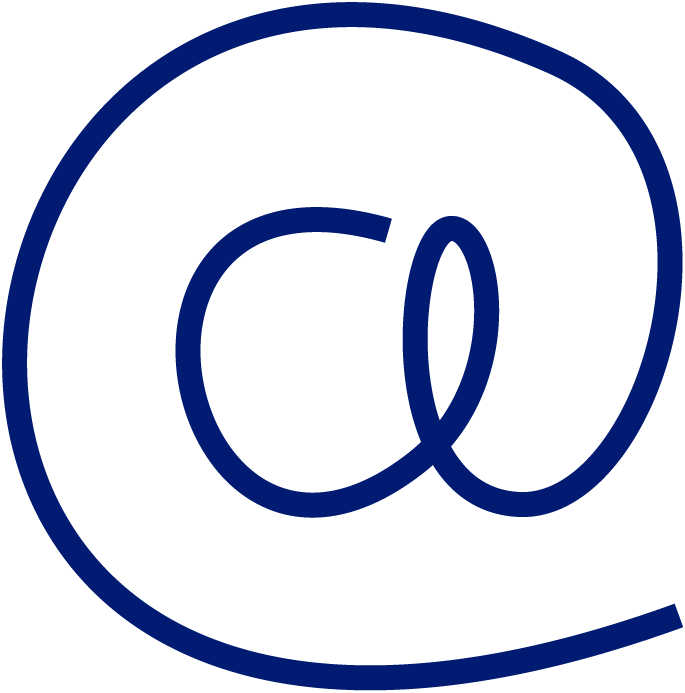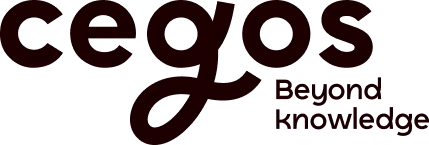

Closely related to speculative design, design fiction is an approach that enables a subject to be explored collectively in a forward-looking way. The aim is to stimulate debate and generate reactions by touching on and materialising experiences that could happen in the future. Here are some explanations.
What is design fiction?
Named by science fiction author Bruce Sterling in the 2000s, design fiction is a forward-looking approach that is gaining in popularity. It allows us to collectively explore possible futures, to materialise fictional scenarios, to discuss them and thus to question our present.
This approach lies at the crossroads of several disciplines: science fiction, futurology, strategic design, philosophy, art, etc. What makes it special? It seeks dissensus - its raw material - rather than consensus. Unlike prospective design, design fiction does not give rise to reports several pages long, but to a provotype, i.e. a prototype that provokes an emotion. If this approach is increasingly emerging, it's because it allows us to question problems and anticipate them from a broader perspective, in touch with their potential impact.
Design fiction: a few examples
This approach has been used on several occasions, in very different contexts. In 2014, as part of the 20th United Nations Conference on Climate Change (COP 20), held in Peru, the World Meteorological Organisation (WMO) asked professionals to present a fake weather report dated 18 August 2050 in order to alert the whole world to global warming and question its potential impact. The initiative was based on the design fiction approach.
On a different note, in 2020 the Ministry of the Armed Forces brought together a group of science fiction writers and scriptwriters - the Red Team - to help scientific and military experts imagine future threats to France's interests. This approach enabled them to question other sources and other imaginary worlds, to go a step further in preparing for the future of defence.
Why use design fiction in training?
It is in the interests of training providers such as Cegos to take an interest in this approach, because it can enable them to innovate in the way they design training content and thus better address the major transitions that are taking place, for example in terms of apprenticeships.
In other words, design fiction enables L&D professionals and trainers to question their practices, and to foresee the future of their profession. But also, as a knock-on effect, this approach enables companies and their learners to be better supported in the face of future managerial, organisational, digital, commercial, product and sustainable challenges… which are taking shape.
For training professionals, adopting this method is also an opportunity to open up to other imaginary worlds, to bring together different disciplines which, on paper, seem far apart, and even to position themselves as innovators in their field of expertise.
This article might be of interest to you: The 4 UX Trends Shaping the Learning Industry
Design fiction: serving which skills?
Within trainings, Cegos has already carried out a number of training experiments using design fiction.
For example, in the automotive sector, a company wanted to examine its new leadership model for 2050. Workshops enabled the group's top managers to use design fiction to create a discussion on the subject, create artefacts, imagine scenarios and so on. Their challenge was to anticipate the changes that their new leadership model would bring and to question the present in the light of these discoveries.
This type of approach, which most often takes the form of workshops, develops key skills such as critical thinking, a systemic approach, creativity, the ability to look at problems from a new angle… However, this presupposes that the participants have an appetite for strategic thinking and a mindset that favours collective intelligence.
How to implement it?
Training professionals who want to experiment with design fiction can follow these five steps in a workshop:
1- Immersion
This step consists of compiling forecasts and imagination. It involves learning about data, mega trends and weak signals, and stimulating the imagination of a group, projecting them into the future(s), using a scenography (objects, soundscapes, videos, etc.) to create a "gallery of futures".
2- Conception
This involves formulating hypotheses and scenarios. These will then be used to draw up forecasts. This stage involves the "what if" ideation process.
3- Prototyping
The aim here is to make the future scenarios that have been evoked tangible through the use of fictitious objects (the artefacts can take different forms: a job description, a video, a play, a manifesto, etc.).
4- Exhibition
This is the stage where the artefacts are presented to the public to test their value and, above all, to stimulate debate around the chosen theme.
5- Landing
In the light of what has been learnt, the solutions need to be designed for the present, for example by devising a roadmap for future developments.
Would you want to integrate design fiction in your trainings ? Contact us
This article was originally written with Aurelie Tachot, writer. Should you wish to read the article in French, click here.








